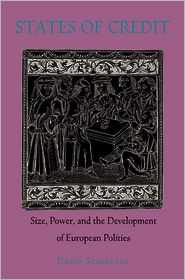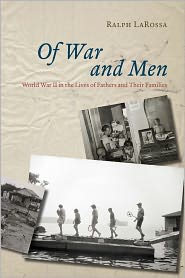 She applied the “Page 99 Test” to her new book, Homesickness: An American History, and reported the following:
She applied the “Page 99 Test” to her new book, Homesickness: An American History, and reported the following:Page 99 captures some of the central questions about homesickness in America: How should it be regarded—as a virtue or a weakness? Is it possible to truly return home once one has left?Learn more about Homesickness at the Oxford University Press website.
It comes from the chapter on the Civil War, and describes the ways that officers, doctors, and nurses treated homesickness. During the conflict, 74 Union soldiers died of homesickness, or nostalgia as it was then called; 5000 more were treated for severe cases of the illness. Some observers maintained that the homesick should be treated sympathetically, for the emotion reflected men’s honorable affection for domestic life. They often suggested that acutely homesick soldiers be sent home, since that was the only cure for what could become a deadly disease. When that was not possible, nurses tried to create a homey atmosphere in hospitals to assuage soldiers’ yearnings. Many military officers, however, had less patience for the afflicted, perceiving the condition as an emasculating character flaw.
The sympathetic approach to homesickness was influential for a time, but by the turn of the century, many came to regard the feeling more critically. When adults displayed the emotion, their homesickness was seen as a weakness, inappropriate in a mobile, capitalist nation. In a society where social Darwinist philosophies held sway, the homesick were seen as incapable of adapting to new environments, as lacking ambition and drive, and, therefore, unfit for the conditions of American life. Consequently, by the twentieth century, the emotion became a sign of immaturity and maladaption.
The second half of page 99 explores another important dynamic in the history of homesickness—whether it is even possible to go home again. Soldiers who survived the war returned to their farms and families but found they were not as they remembered. Neither were they the same men who had left home four years previous. As a result, many who lived through the conflict came to be afflicted by a new mood—a longing not just for a lost home, but for a lost era. In war’s aftermath, soldiers and civilians alike concluded that to truly return home was impossible, for while they could travel across space, they could not go back in time. Their idealized home was lost, somewhere in the past. This sense of homelessness gradually became endemic to modern life.
--Marshal Zeringue





















